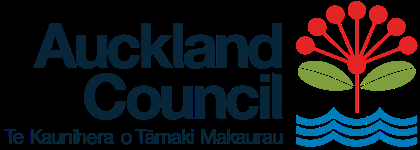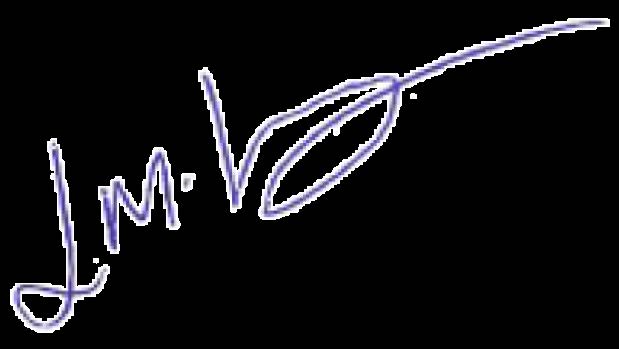
10 September 2019
LGOIMA No. 8140005404
(Please quote this in any correspondence)
Tracy Livingston
Sent by email
:[FYI request #10894 email]
Dear Tracy
Local Government Official Information And Meetings Act 1987
Kōkako population numbers in Hunua Ranges
I refer to your official information request originally sent to the Department of Conservation
on 5 August 2019, and subsequently transferred in part to Auckland Council on 13 August
2019.
The specific details of your request and our responses are below and attached.
Please prove me with information on:
1. “The number of Kōkako that have been moved from a breeding facility to the
Hunua Ranges after 1080 aerial poisoning. This pertains particularly to the most
recent poison operation last year, but if there have been other times that Kōkako
have been moved from one rohe to the Hunua Ranges after other drops, please
include those in this information request.”
No kōkako have been moved from a breeding facility to the Hunua Ranges after the pest
management operation undertaken in the Ranges in September 2018.
The primary focus of our pest control programme in the Hunua Ranges is to protect the
forest vegetation and native species that live within it. Pest control has been instrumental in
restoring the population of kōkako in the Hunua Ranges.
In late 2018, a census was conducted in the managed kōkako area and counted 106 pairs of
kōkako. This is an outstanding result that is double our previous count in 2014 of 55 pairs.
This success is a direct result of the hard work that has been undertaken over the last 24
years to protect the one remaining breeding pair and rescue the Hunua population for
extinction.
The Hunua kōkako population is now the 5th largest in the country.
2. “What are the current numbers of rats, mice and stoat populations in the Hunua
Ranges?”
Pest animal monitoring undertaken in the Hunua Ranges targets the relative abundance
measurement of possums and rats and is carried out in accordance with a nationally
standardised methodology as outlined by the National Pest Control Agencies Best Practice
Guidelines.
Relative abundance measures for rats and possums are taken across the Hunua Ranges
regional parkland both immediately pre- and then immediately post-delivery of pest control
(in this case via aerially applied 1080).
Relative abundance monitoring of rats is undertaken using inked tracking cards which are
housed inside a tracking tunnel. Each card is baited with peanut butter and left out for 1 fine
night before being retrieved. Tracking cards/tunnels are arranged in lines of 10, with each
card/tunnel being 50 metres apart. Each tracking tunnel line is a minimum of 200 metres
from any other line to avoid double counting the same rat.
For the Hunua project, between 29 and 30 tracking tunnel lines are used across the 17,000
hectares of regional parkland. Results are expressed as a percentage, and this methodology
is called Rat Tracking Index (RTI) relative abundance measure.
In addition to immediately following the 1080 application, RTI relative abundance measures
of rats in the Hunua Project are also carried out at 6 month and 10-12 months interval
following the application.
The latest relative abundance rat monitoring (Rat Track Index (RTI) was undertaken in
March 2019 in the Hunua Ranges and returned a result of 9.31% RTI.
Attachment 1 is a
summary table of the results.
Prior to the pest management operation in September 2018 rat monitoring results were 75%
RTI, which was extremely high.
No stoats were detected during this monitoring round, while mice were only detected in 2 of
the 290 tracking tunnels used. The next RTI monitor for rats is scheduled in October 2019.
3. “Please explain the Department of Conservation and Auckland Council rationale of
why the Hunua Ranges, being easily traversed terrain and so close to a large
population, was poisoned instead of using ground control management of pest
species. Please explain the cost comparison between the aerial poison operation
and what it would cost if a land-based pest management system (was used), and if
DOC/Council had put that to public tender.”
The decision to change the pest control methodology in the Hunua Ranges Regional Park
was made by Auckland Council’s Regional Strategy and Policy Committee on 9 October
2014. The reasons for requesting a change to the methodology are detailed in the report
Pest Management Options for the Hunua Ranges Regional Parklands, which you can find
as Item 9 in the agenda at the link below. This report was considered and approved by the
committee.
Regional Strategy and Policy Commit ee Agenda 9 October 2014
4. “Please tell me what post-1080 poison operation ecological testing DOC and
Auckland Council have carried out in the Hunua Ranges on invertebrate numbers
and health, soil health – including worms, soil fungi and bacteria, fluoride
concentrations in the soil, leaf litter decomposition, etc.”
Auckland Council has carried out extensive monitoring following both the 2015 and 2018
aerial 1080 operations. This has included the collection and testing of over 400 water
samples from a range of locations – none of which have detected the presence of 1080.
Monitoring has also been carried out on the following species: native forest birds (including
kokako), Hochstetters frog and long tailed bat. A number of these species are insectivorous.

Separate to Auckland Council’s programme, monitoring of weta has also been carried out by
an environmental education organisation.
If you feel that we have not responded adequately to your request, you have the right to
seek an investigation and review by the Ombudsman of this decision. Information about how
to make a complaint is available at
www.ombudsman.parliament.nz or freephone 0800 802
602.
If you have any further queries, please contact me on (09) 301 0101 quoting LGOIMA No.
8140005404
Yours sincerely
Joanne Kearney
Privacy & LGOIMA Business Partner
Democracy Services
The decision to grant your request in full was made by Mace Ward, Kaihautū - General
Manager, Parks, Sports & Recreation.
8140005404

